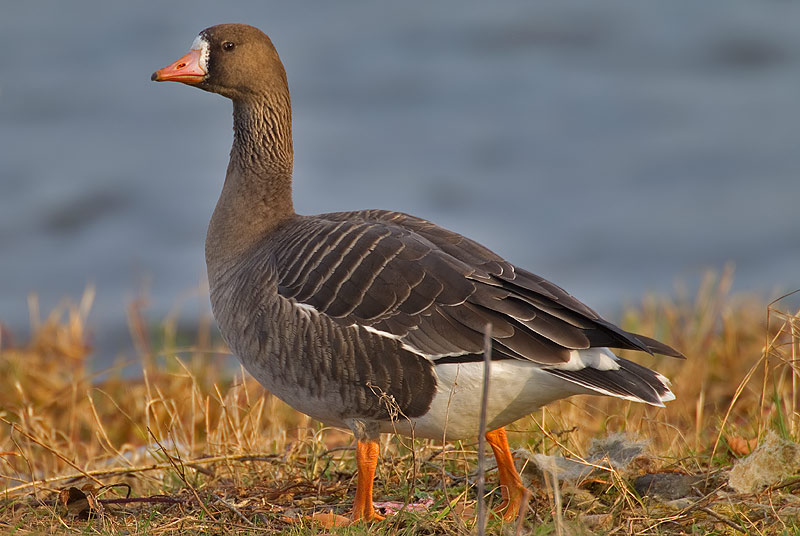March 2011
27 March. The supporting cast at Sandy Water Park, Llanelli included a first-summer little gull and feral greylag geese.
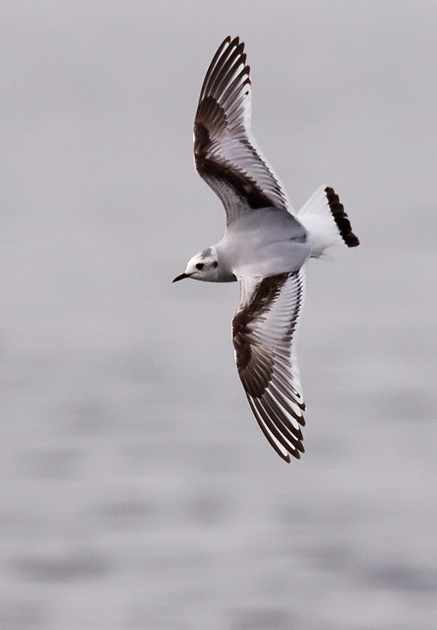
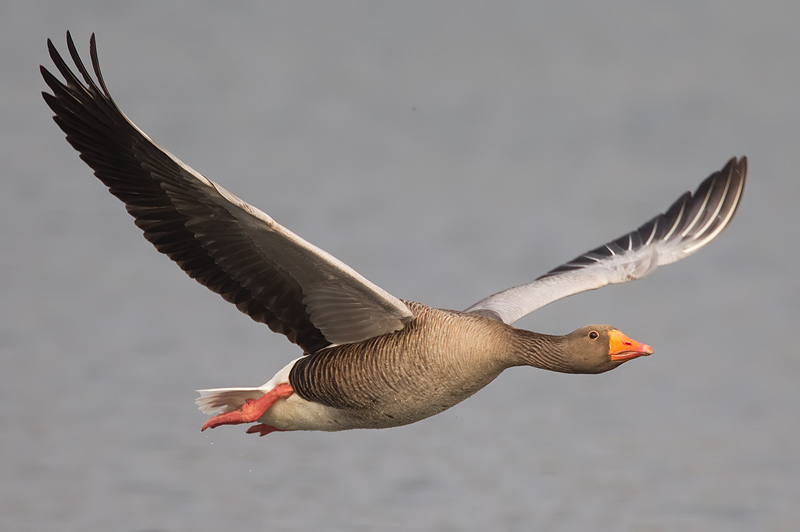
However, the main reason for travelling was to see the ridicolously tame drake blue-winged teal. Is it a wild bird? In its favour, it's not ringed, has a full set of flight feathers, and arrived during spring migration time. It also was wary when it first arrived a week ago, before starting to act like a puddle-duck. Today the bird was behaving like a phalarope, snapping at insects above the water. It's a first year bird - according to Van Duivendijk the first-summer male has a subterminal dark spot on the white inner greater coverts. This bird has several, which is apparently typical. If you look carefully into the eye on the first shot, you'll see a reflection of two photographers on the shore.
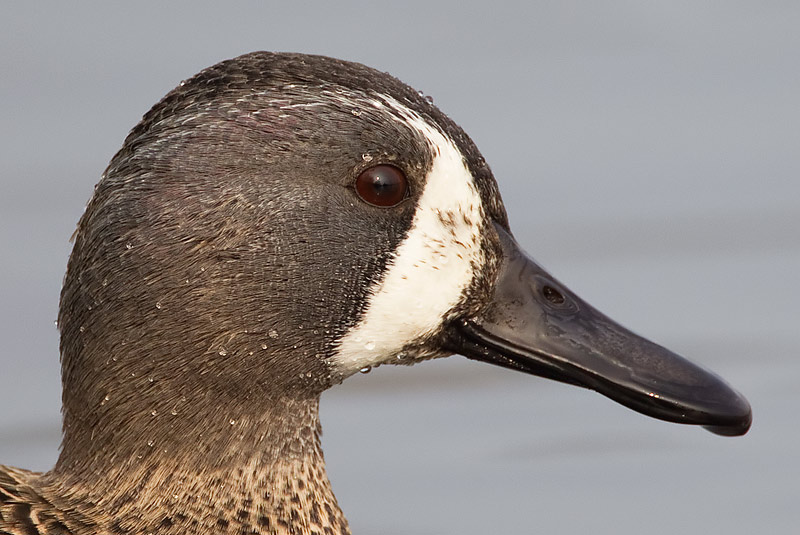
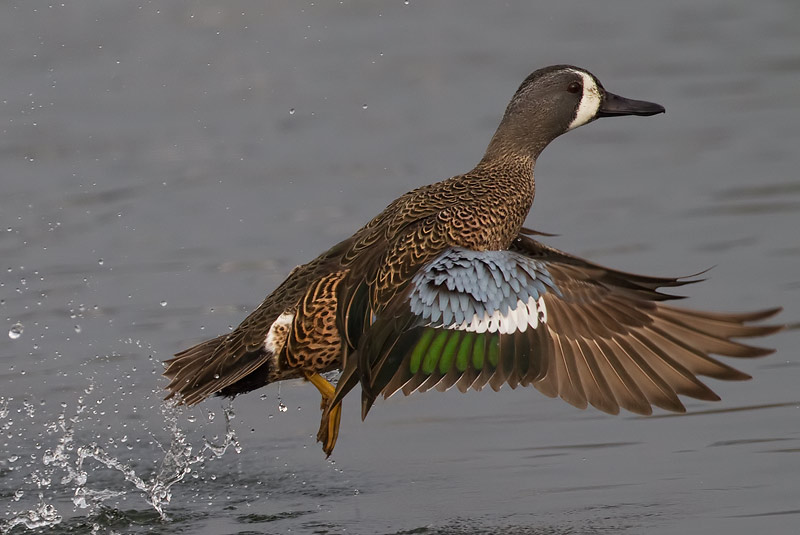
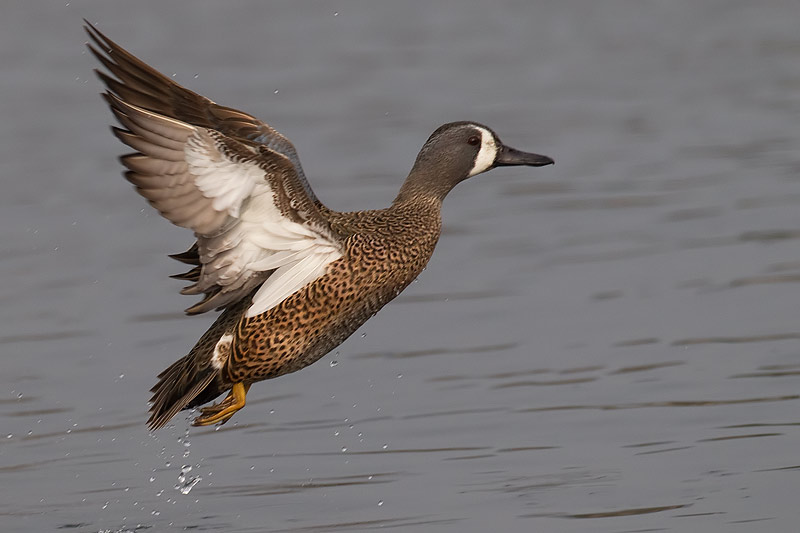
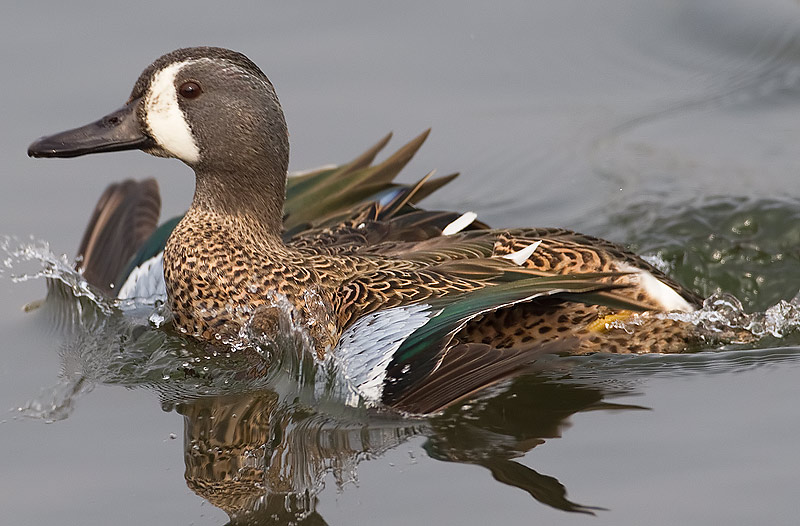
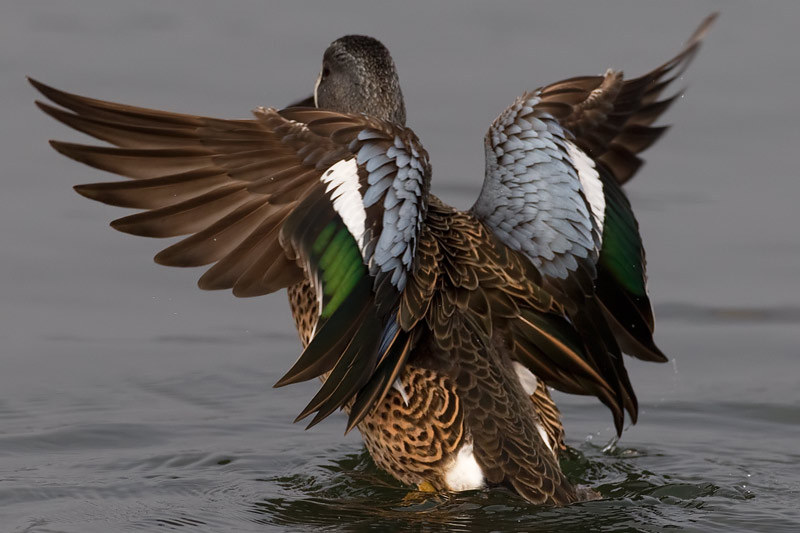
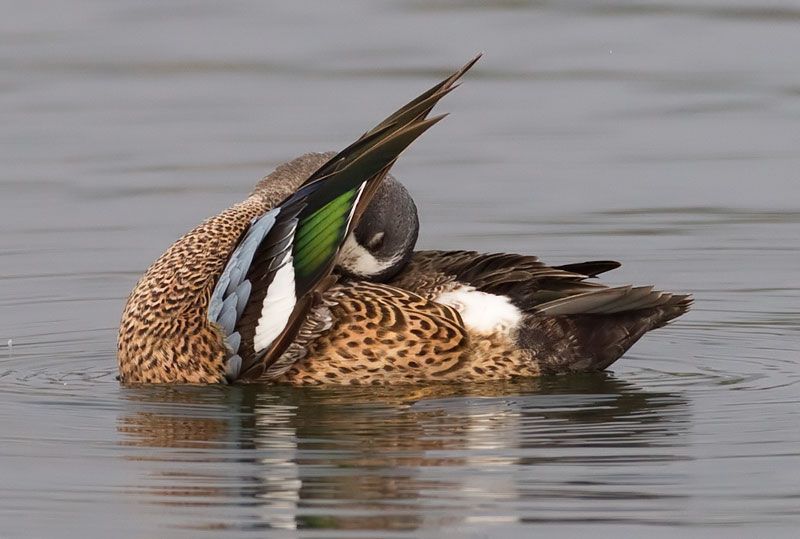
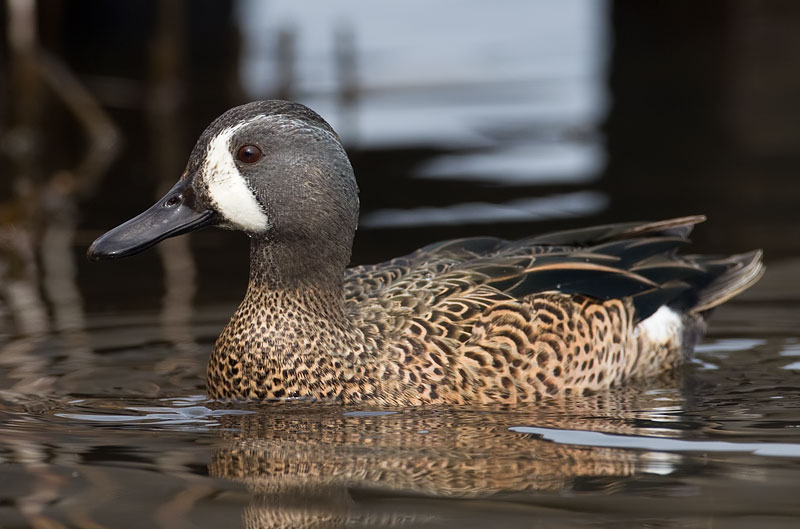
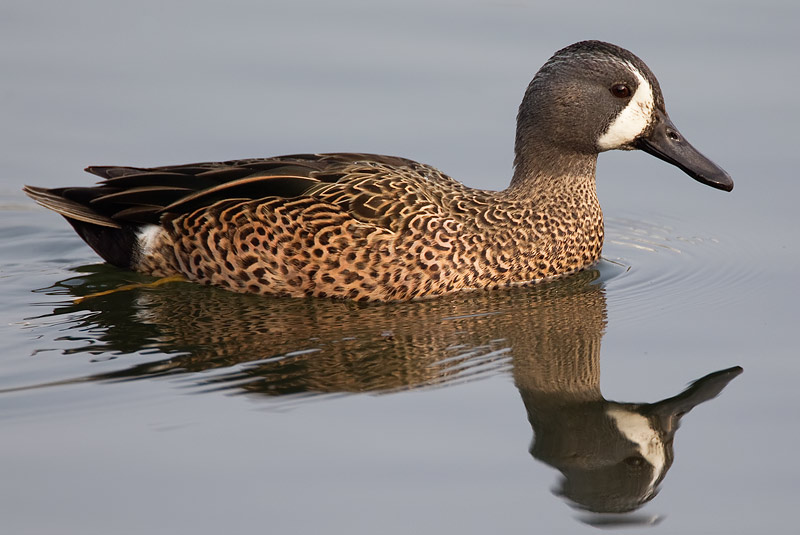
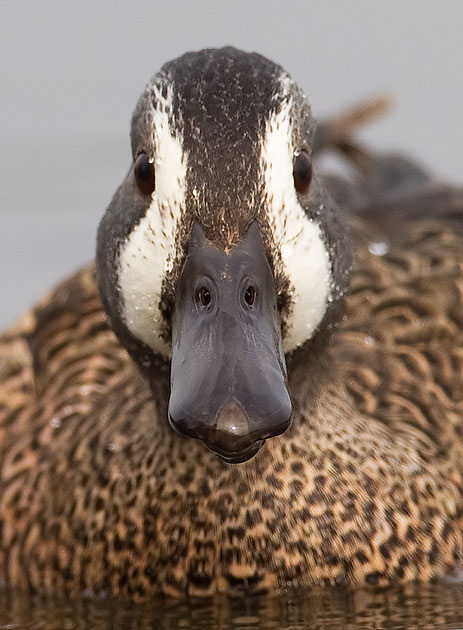
26 March. Three drake first summer greater scaup, the white-fronted goose and a little egret at Chew in the morning.
20 March. A short-eared owl at Aust Warth during the late afternoon.
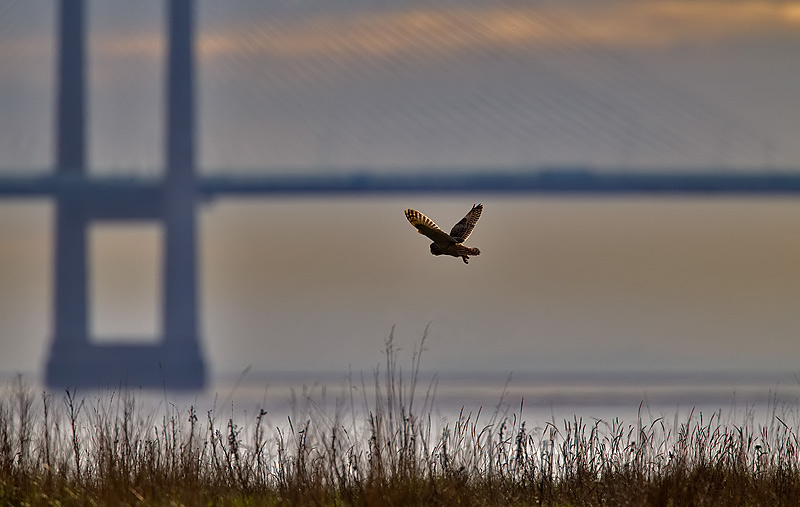
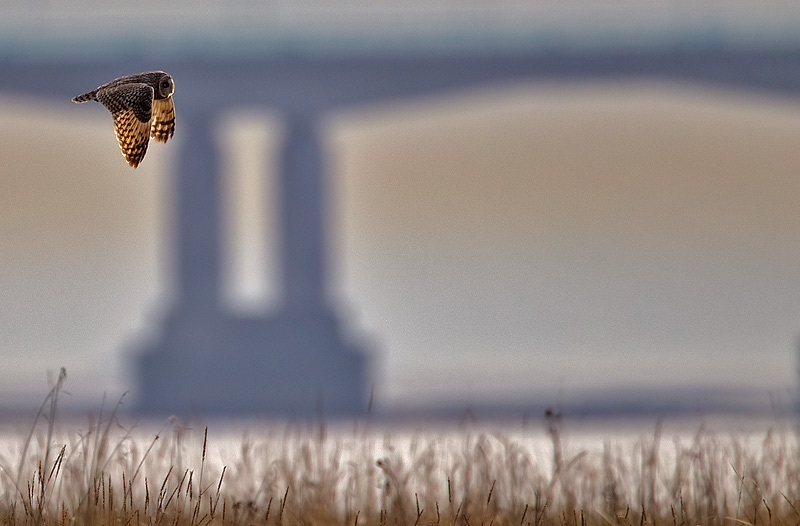
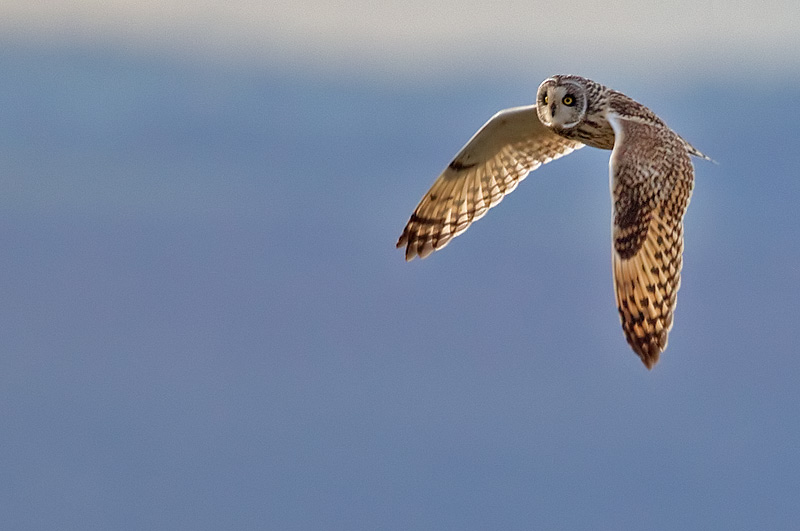
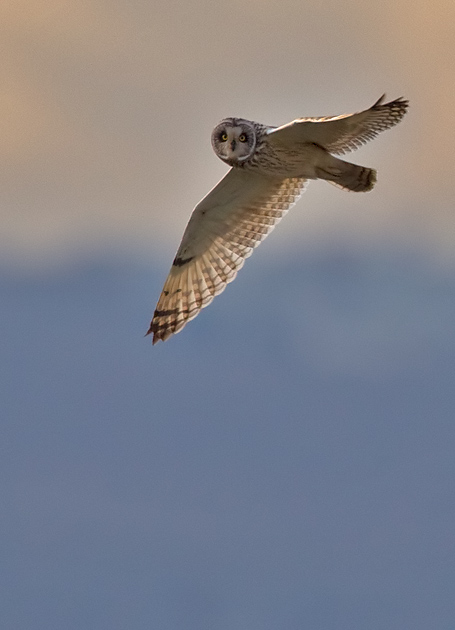
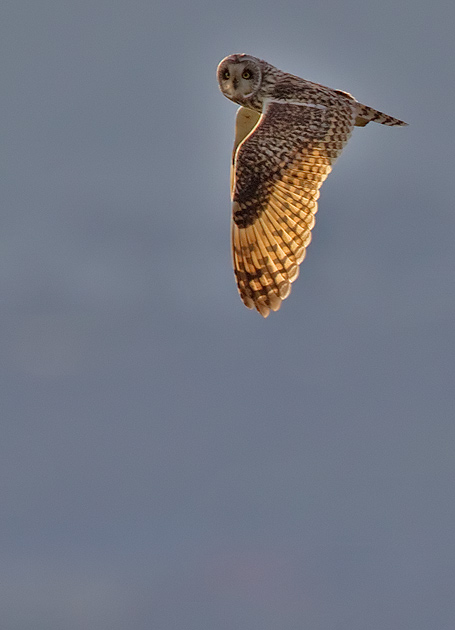
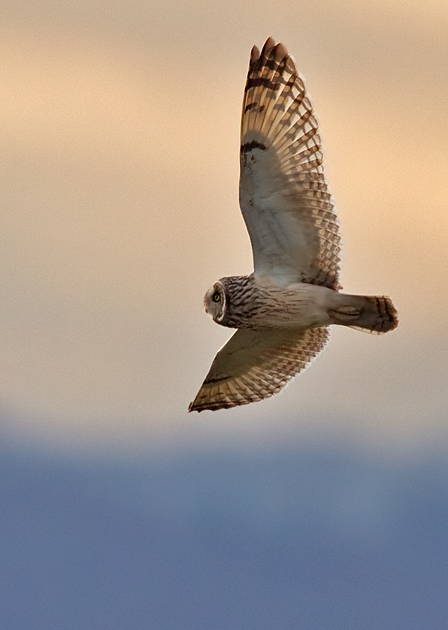
19 March. Chew Valley Lake. Eight sand martins at Herriot's Pool were my first of the year. Also present were 2 goosander on the main lake, a black-tailed godwit and a little egret (Heron's Green). I photographed a pair of mute swans that formed a heart shape with the space between their necks just after mating, and the shelduck on Herriot's Pool are showing very well against some splendid backgrounds.
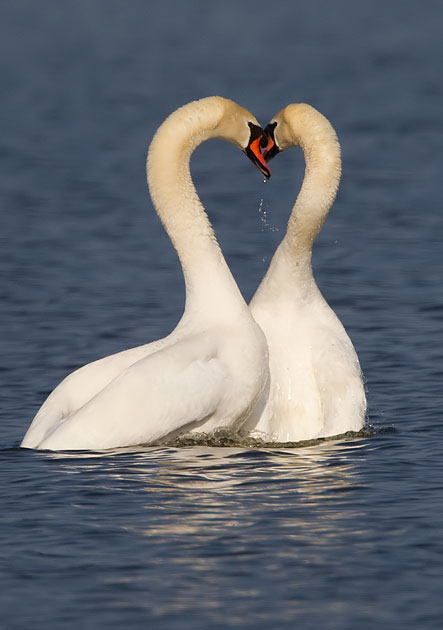
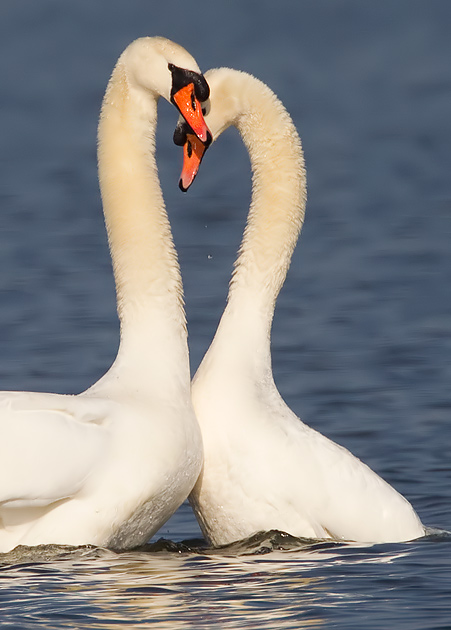
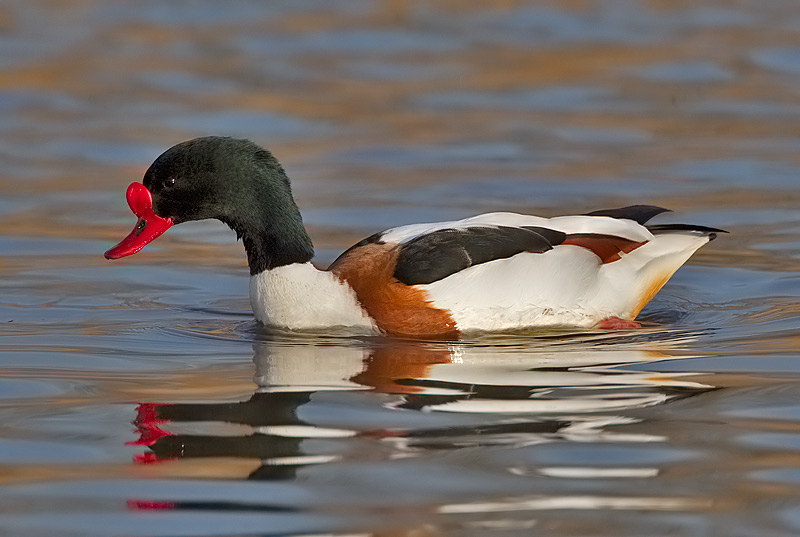
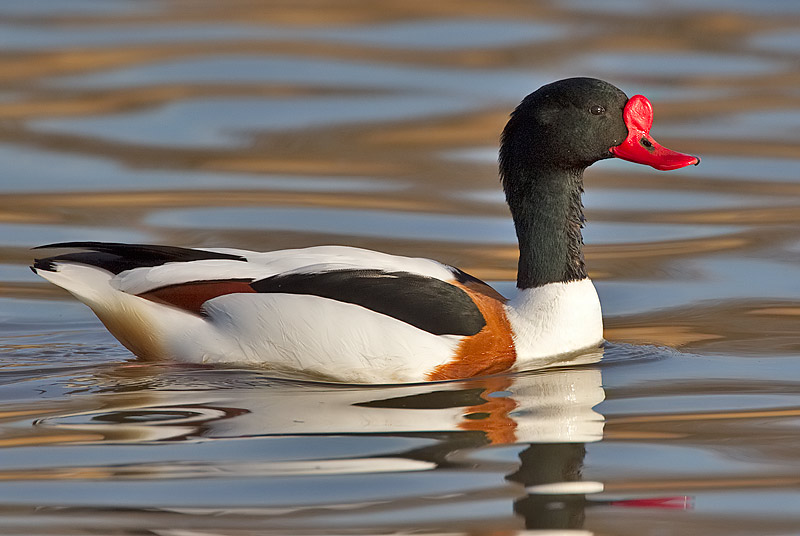
17th March. Seven red kites between Didcot and Reading from the London train, including one soaring high over Reading centre.
13th March. I didn't see any short-eared owls at Aust Wharf at dusk, but an early swallow flew through.
12th March - Chew Valley Lake. White-fronted goose (Herriot's Pool), green sandpiper (Heron's Green), greater scaup, 5 goosander. The goosander with the pale iris in the foreground is presumably a first-winter bird.
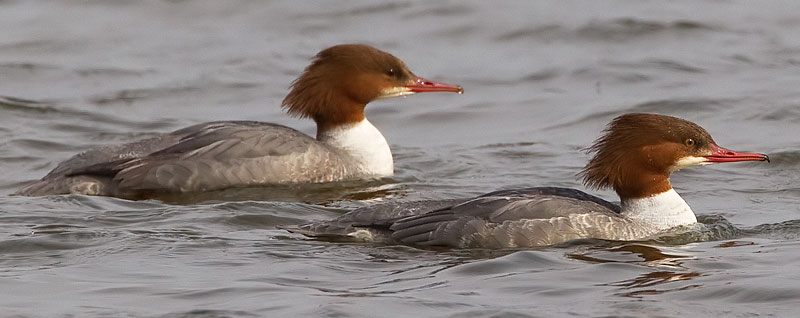
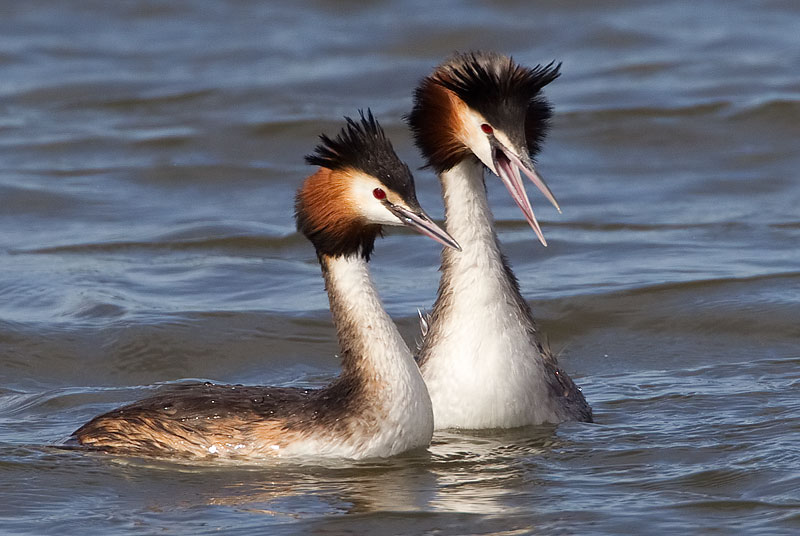
First chiffchaff of the year singing in Flax Bourton on 11th.
Goshawks are on display in the Forest of Dean now (and a sunning adder). There are also crossbills (New Fancy and Boy's Grave) and 3 hawfinches (Speech House). Blue tit, buzzard and nuthatch at Speech House below, all taken with 400mm lens.
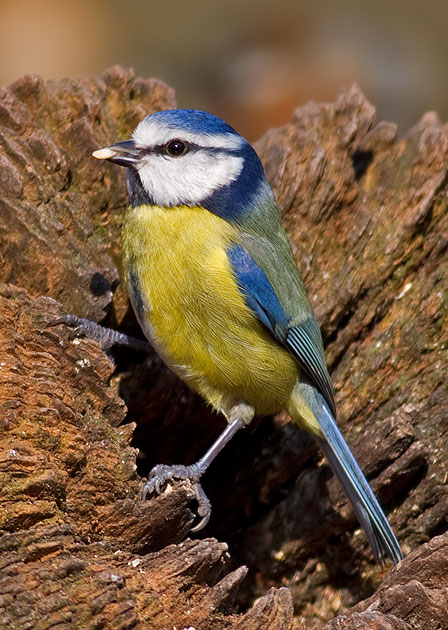
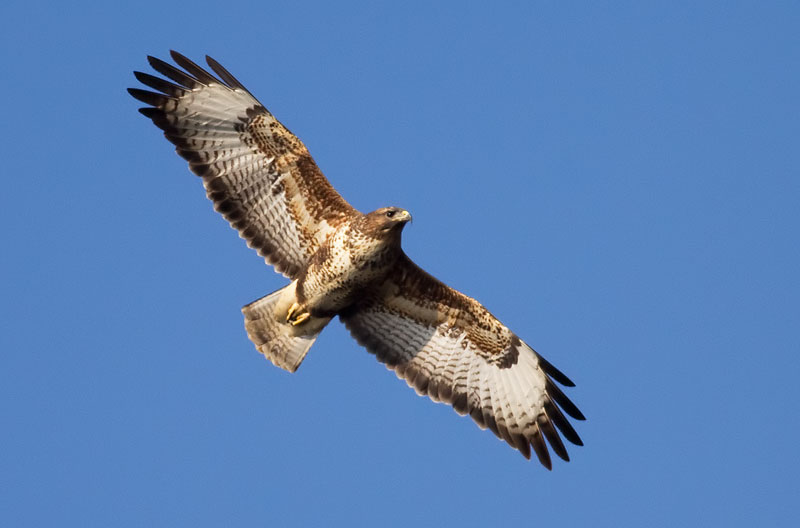
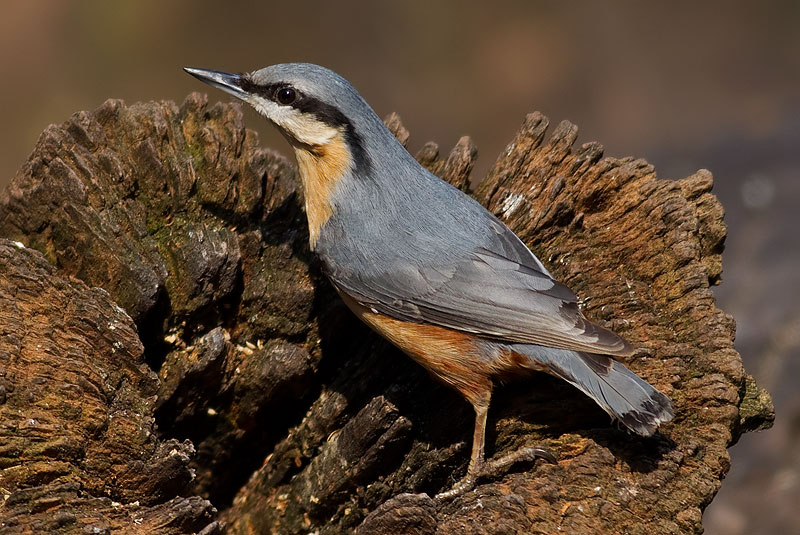
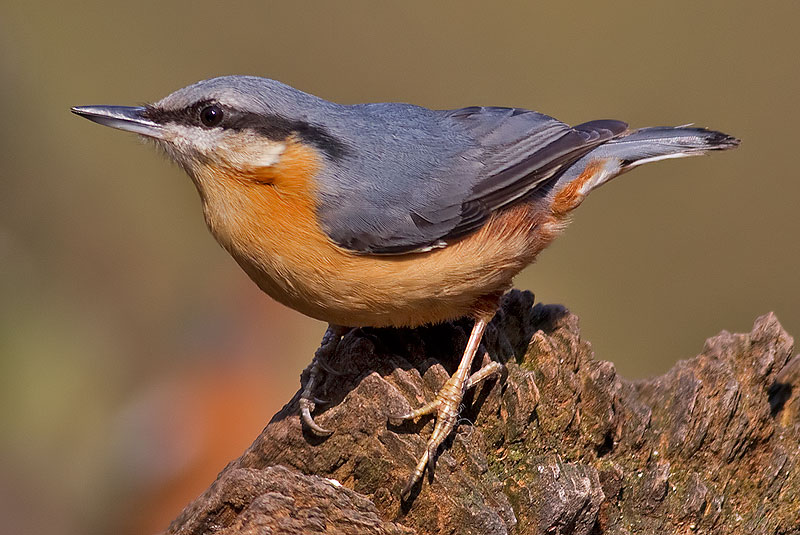
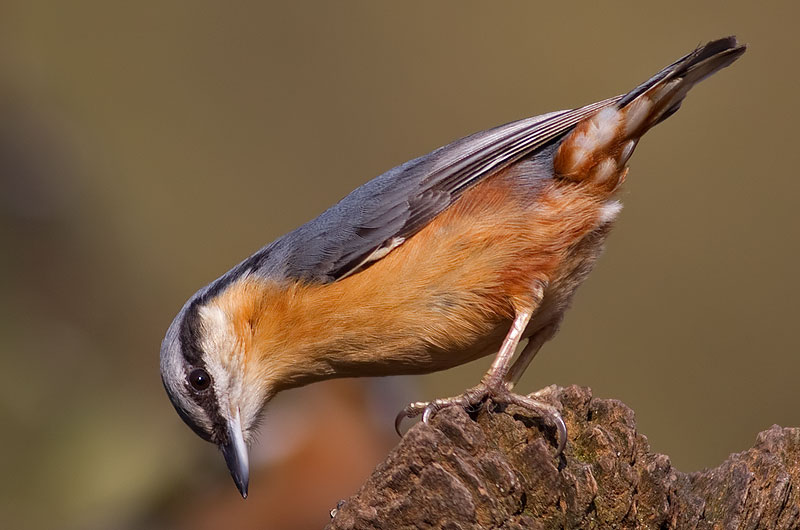
6th March. We visited Cary Marsh hide, Cary Moor, near Castle Cary today after visiting family in Somerset. Lots of great conservation work going on, and an excellent site for granivorous farmland birds - we saw a stock dove, 10+ reed buntings, 4 yellowhammers, and 5 tree sparrows. I only had my 400mm lens with me, though managed to get the snaps below.
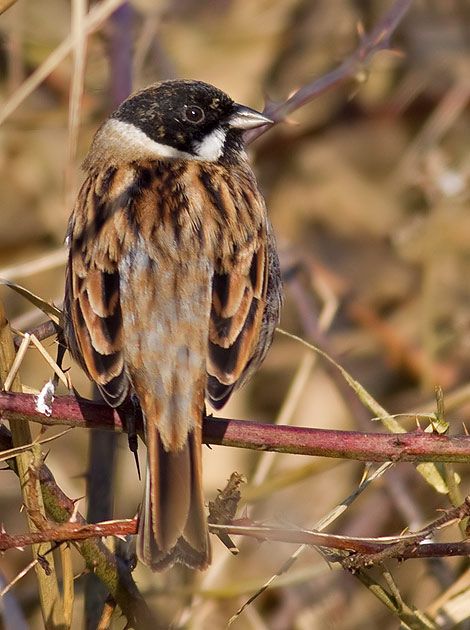
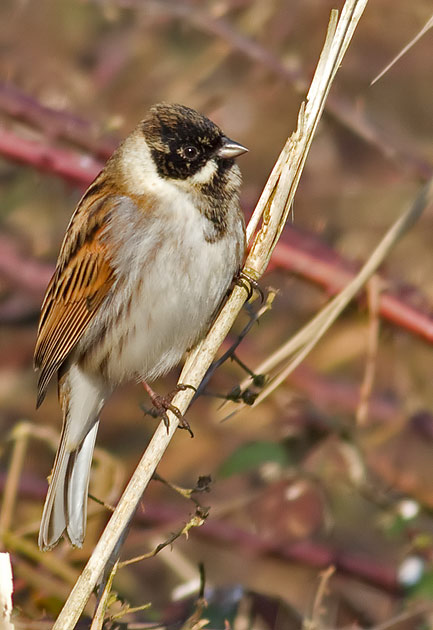
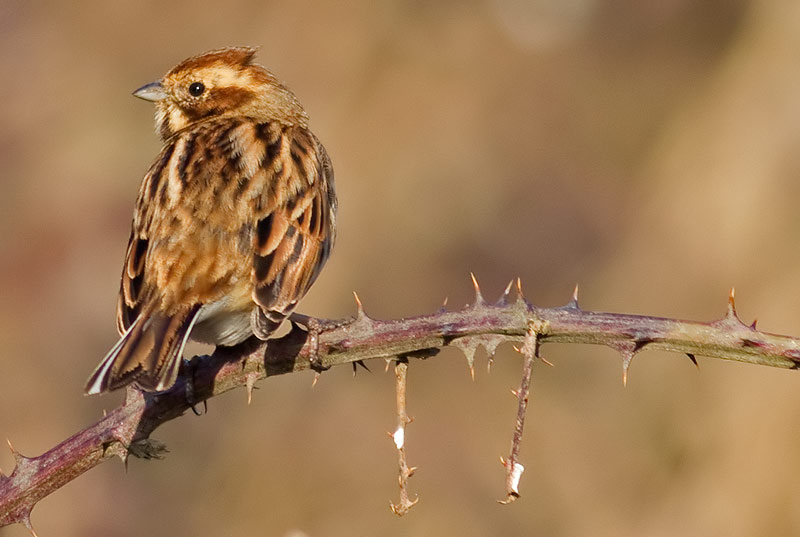
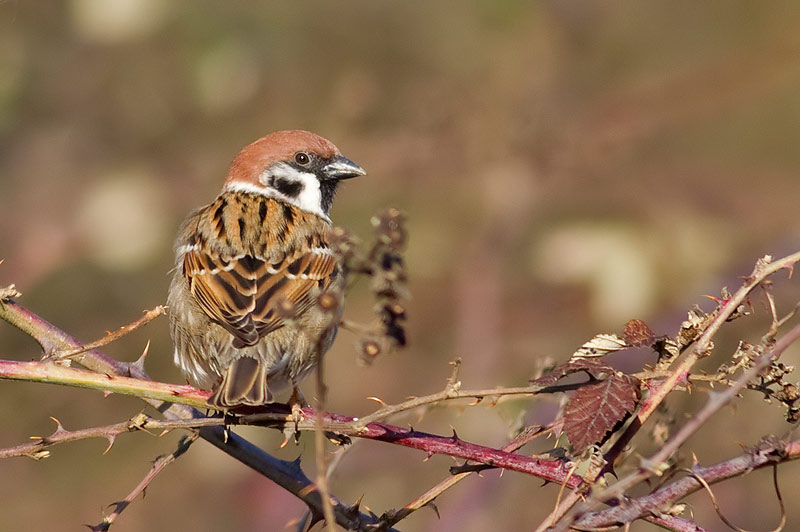
5th March. In the morning Anna and I walked around Portbury Wharf, and admired the new hides. Not many birds, other than 3 reed buntings on the salt marsh. In the afternoon I visited Chew, and saw the first-winter drake greater scaup, a first-winter white-fronted goose (photo below), and the adult summer Kumlien's gull in the roost from Nunnery Point at 17.25h onwards. An adult turned up sporadically at Chew in the early noughties, but has not been seen since 2006. Presumably the sightings of one at Cotswold Water Park and Chew this winter are of that same individual that seemed to frequent both sites in the past, but has relocated somewhere else in the intervening years?
I've invested in a tiny Nikon ED50 fieldscope with a 27x wide angle eyepiece, and like it a lot. I occasionally miss the reach of the Swarovski zoom lens, but nevertheless the fieldscope is amazingly bright for its objective size, and allowed me to pick out the Kumlien's gull relatively easily at considerable range. When swimming, the gull has very thin blackish lines on the wingtips, appearing perhaps even thinner than those in the Collin's guide. Indeed, the wingtips can look almost pure white at distance. When the gull opens its wings, the dark lines on the primaries appear to be very restricted in length, and are only really obvious (and even then very thin) on the outer 3 or so primaries, with dark tips to several of the more proximal primaries. The bird appears somewhat delicate, and not as brutish as the herring and lesser black-backed gulls.
